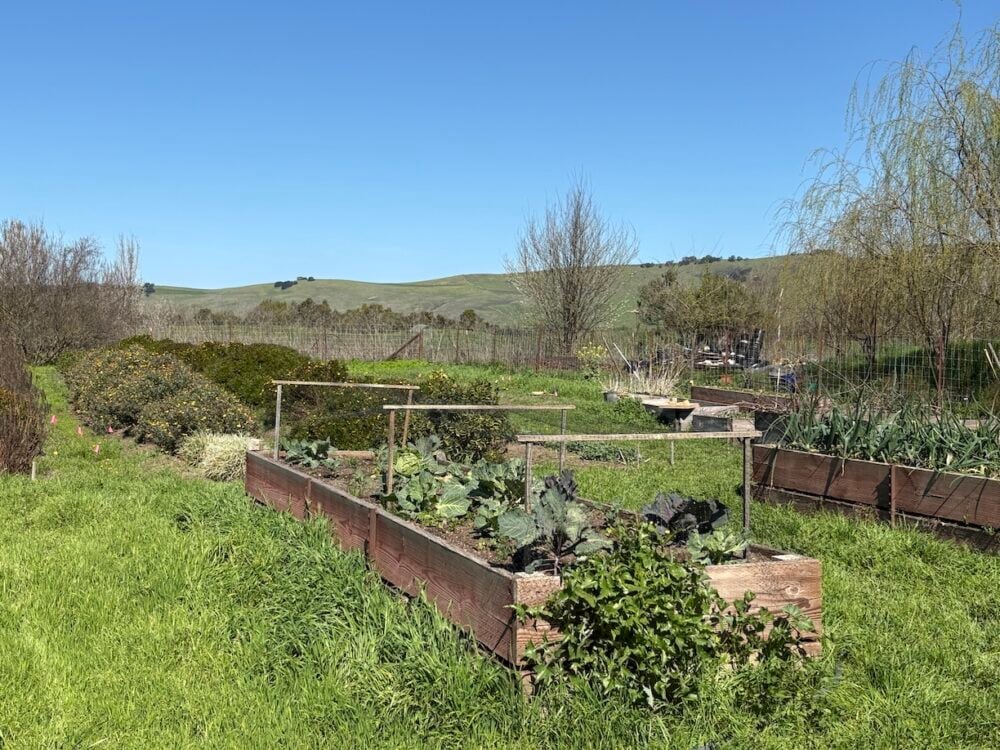

Contributor
- Topics: Archive, Plants You Need

The premiere offering of Pacific Plant Promotions occurred from May to July 2000, with 164 orders filled. In the Pacific Horticulture article (April 2000), I noted that seven clones of Deppea splendens had so far been located, representing the known extant germplasm. After that article was published, it was decided to give each clone a cultivar name to keep better track of them. In keeping with deppea’s origin, we chose Spanish given names, each beginning with a successive letter of the alphabet corresponding to the informal clonal designation that had already been assigned. The plants distributed as part of this offering were the three Huntington Botanical Gardens clones, now called D. splendens ‘Agustin’, ‘Bartolome’, and ‘Cristobal’. The remaining clones have not yet been named.
We have also since learned that pollination experiments conducted at the Mildred E Mathias Botanical Garden at UCLA and at Rancho Santa Ana Botanic Garden were successful. The conclusion from the initial experiments at Rancho Santa Ana is that the plants are not self-compatible; subsequent cross-pollinations (between clones) succeeded. The Mathias Garden reported that two clones were crossed and the first seed capsules appeared twenty weeks later on both parent plants. The seeds turned out to be viable, with ninety-eight percent germination. With this success, ex-situ conservation (away from the natural habitat) is more promising, so plans at the Mathias Garden are to establish a breeding program to expand the existing gene pool. Furthermore, recent conversations with Robert Bye, Director of the Botanical Garden of the National University of Mexico, may lead to the reintroduction of Deppea splendens into its native habitat in southern Mexico.
Share:
Social Media
Garden Futurist Podcast
Most Popular
Videos
Topics
Related Posts

Low Maintenance Gardens – Better for Pollinators and People
Autumn 2022 “I come out every day. It’s therapy, my meditation.” Janet’s young garden transformed from overgrown, invasive plants to mostly natives. The dailiness of
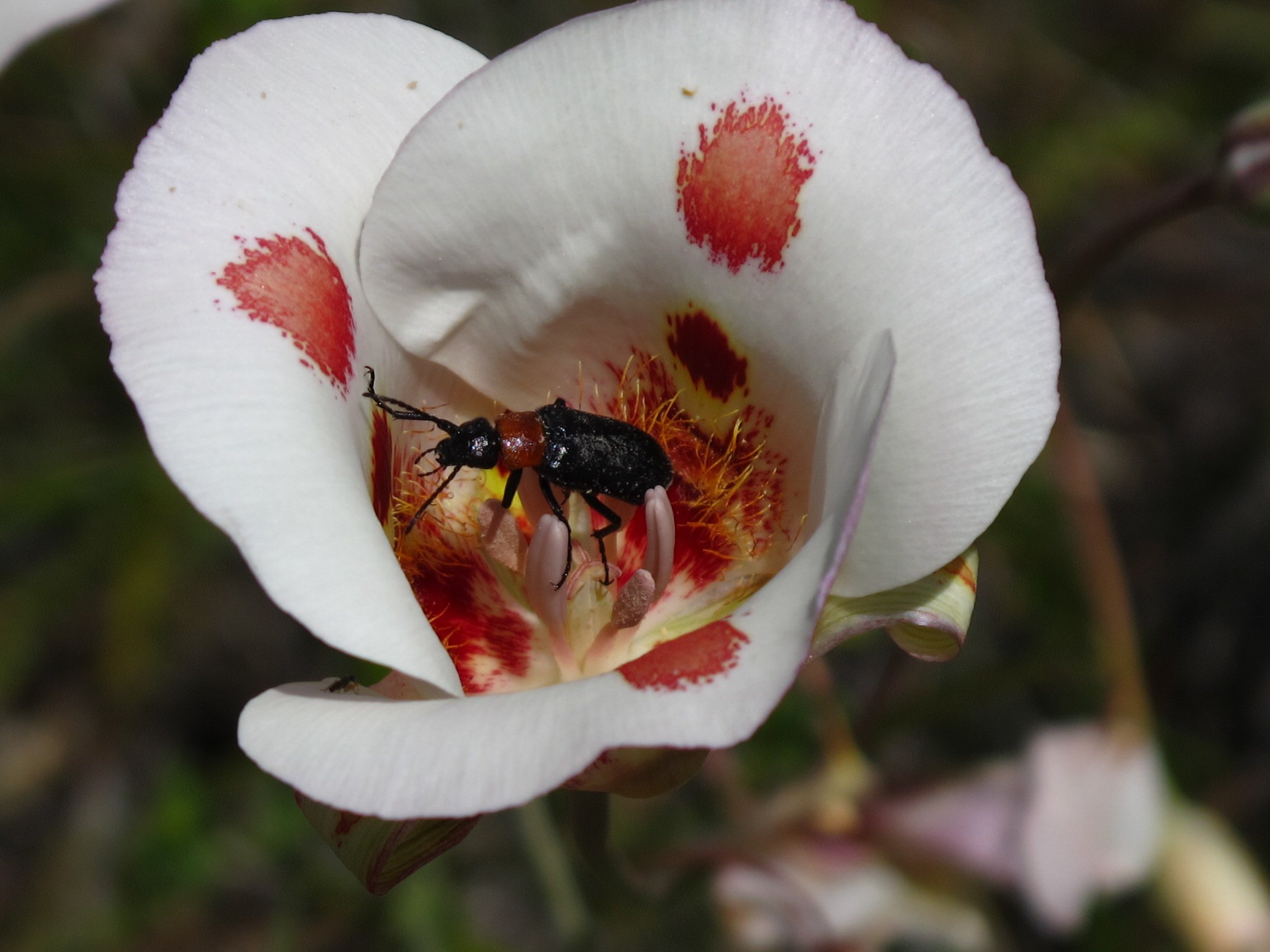
Calochortophilia: A Californian’s Love Affair with a Genus
Summer 2022 I can chart the progression of my life by Calochortus. For the last two decades, at least. As a teenage girl growing up
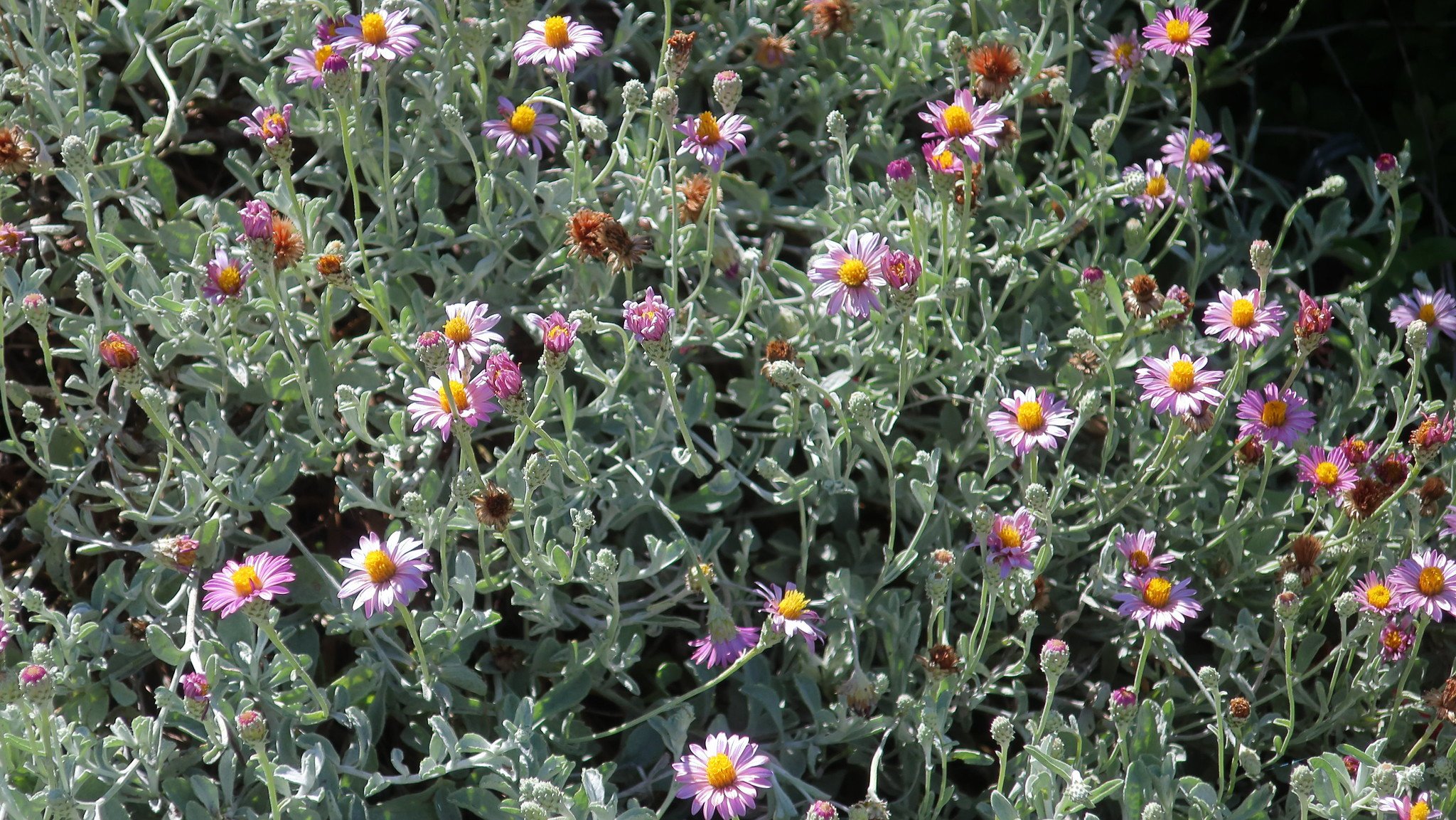
Pacific Plant People: Carol Bornstein
Spring 2022 Public gardens play a key role in demonstrating naturalistic planting design, selecting native and adapted plants for habitat, and testing techniques for reducing
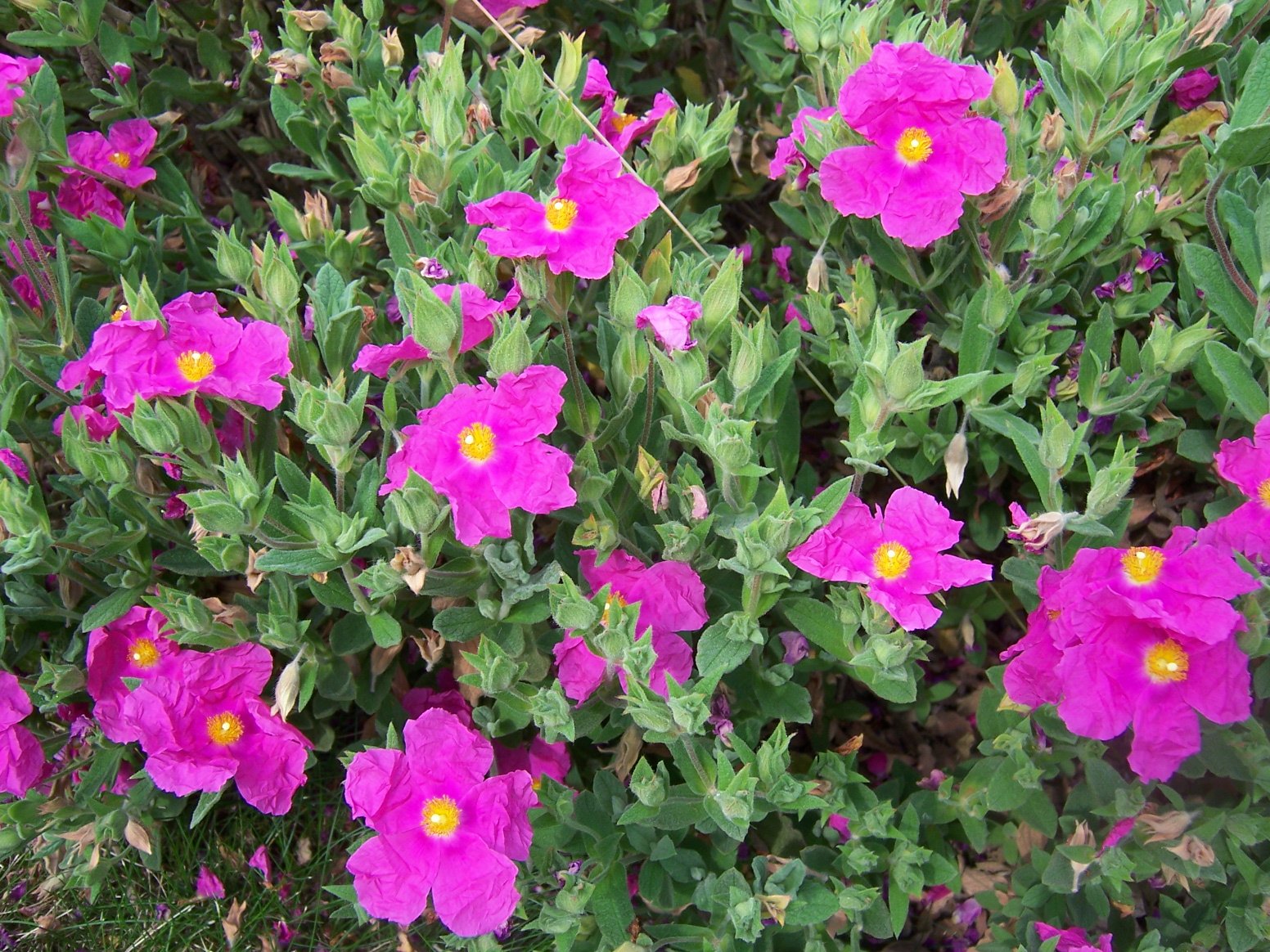
Add Year-Round Interest and Winter Blooms for Pollinators
Spring 2022 This article was created from an Interview by Merrill Jensen with Neil Bell in the Summer of 2021 for our Pacific Plant People




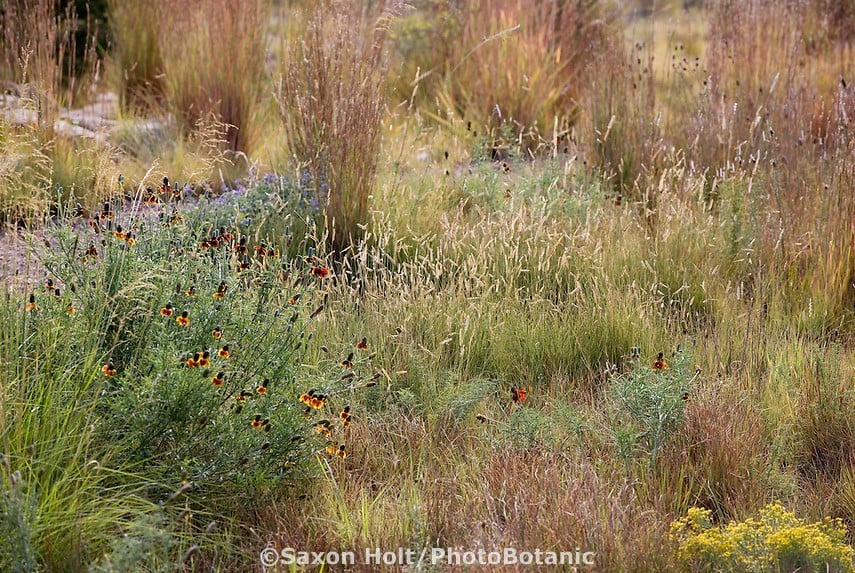

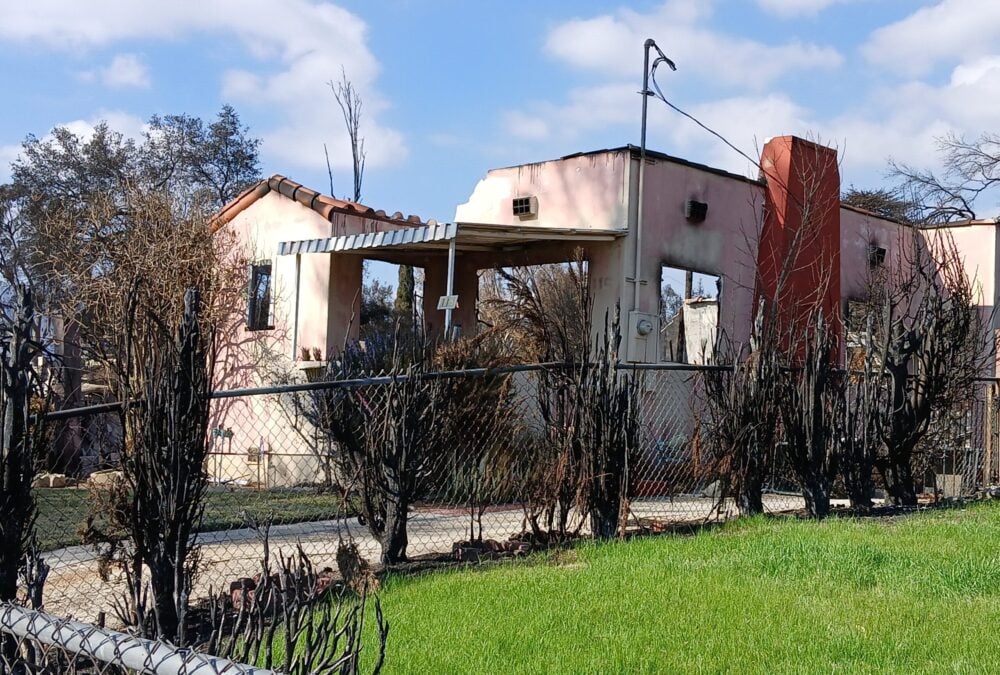



Responses